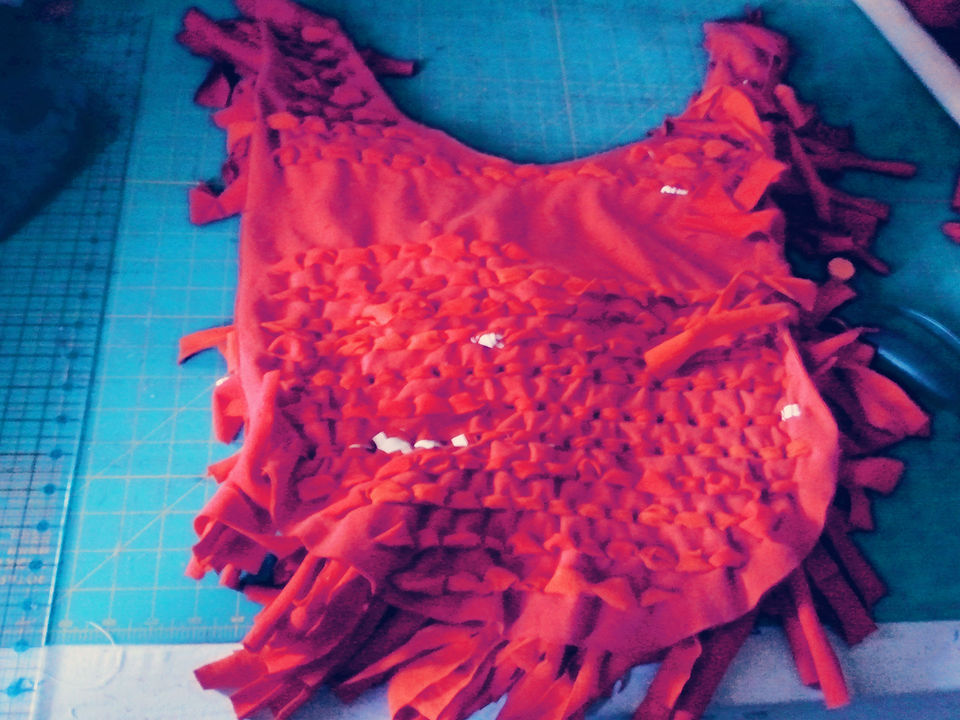DIY // SHAG RUG
Who wouldn't love a 70s shag carpet of their very own? Particularly if it's handmade from recycled materials? And even better, handmade by the best artist is the world: YOU! This technique is very easy for anyone to replicate with just a few special items.
MATERIALS:
-Rotary Cutter
-Self-Healing Mat
-Clear straight edge
-Scrap fabric
*If you do not have a rotary and mat, a fabric scissors can replace these , however it may take a while longer to replicate the following techniques
STEP ONE:
Choose a base fabric the length and width of your carpet. It may be helpful to double your fabrics as well, giving it more strength to hold the weight of your shag pieces.
Use your rotary and straight edge to lightly press dashed lines into your fabric in rows 1" apart, dashing every 1 and half.
*This is not as easy to be precise, but use your ears to hear the sound of the fabric getting cut, as the visual does not indicate the cutting until you pull the fabric down and see the slashes.
**Alternately you can use a scissors, however it isn't as quick.

STEP TWO: Cut yourself some SHAG! Use a rotary to slice strips of whatever fabric you will be entering into the "mesh" you have created. I use 1" strips. You will want to cut them a little longer than double the length of your final shag because you will be tying them off and some length is pulled into the double knot. You can always trim them later! 10" is recommended length for your 1" strips.

STEP 3: Enter the strips into the holes you created through the backside of the fabric in the shape of a U through 2 adjacent holes, so that each end of the strip is in a different hole. Each hole will have two strands in it, and share a strand with the U-shape next to it. This way when you tie off the strands they will be secured around an area of fabric, and each set of strands will be directly next to eachother.


STEP 4: Before your panels are done, you will want to flip the item over and double knot each of the strands to itself. If the strands are too long you are now able to trim them using a scissors! This technique works for denim and cotton fabrics as well.


**In the panels below, the shag was used in a dress design in which the original panels were created in the shape of the dress, sewn and then filled. The final trimming of the shag was very important to give it much more shape.




